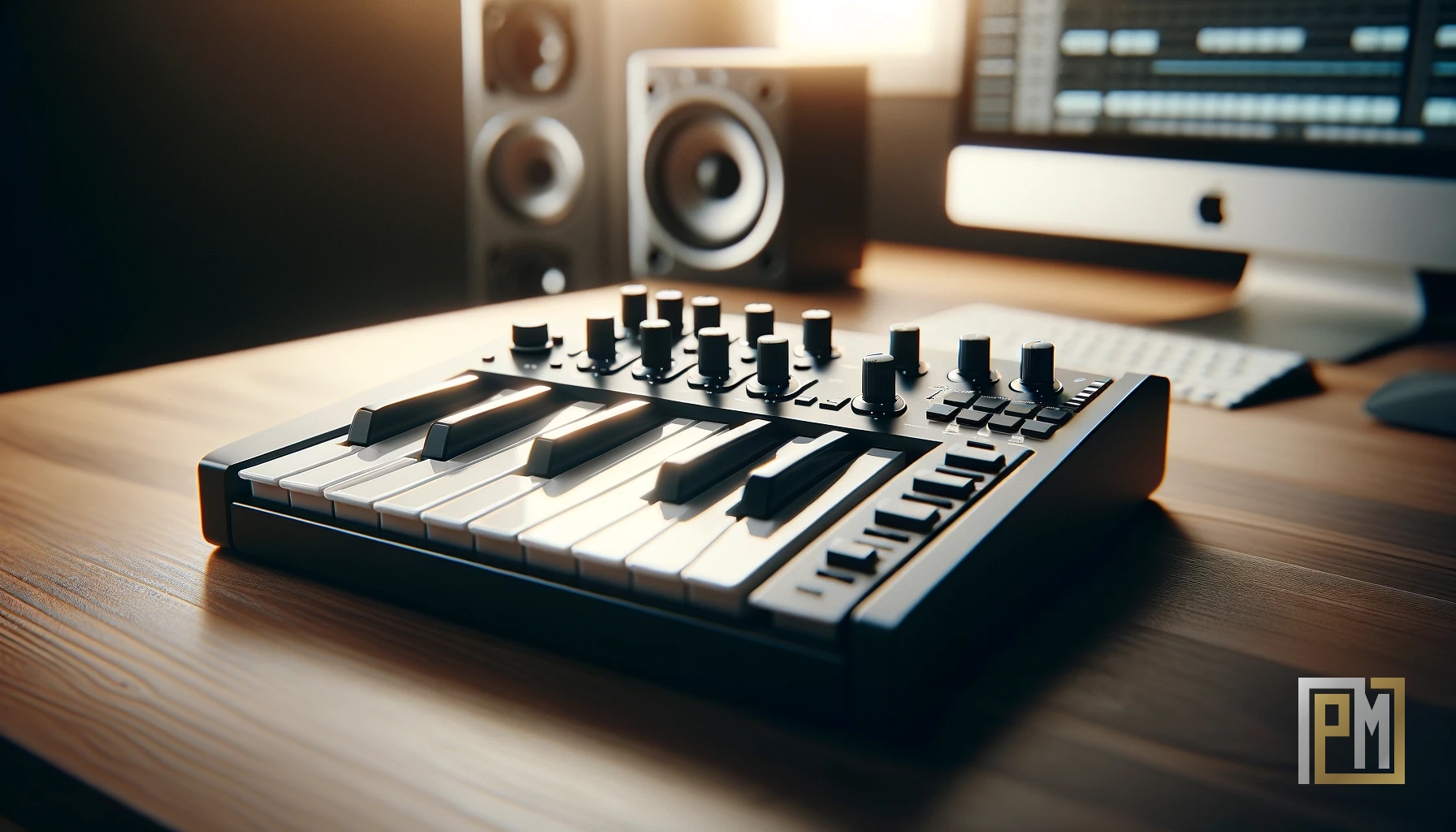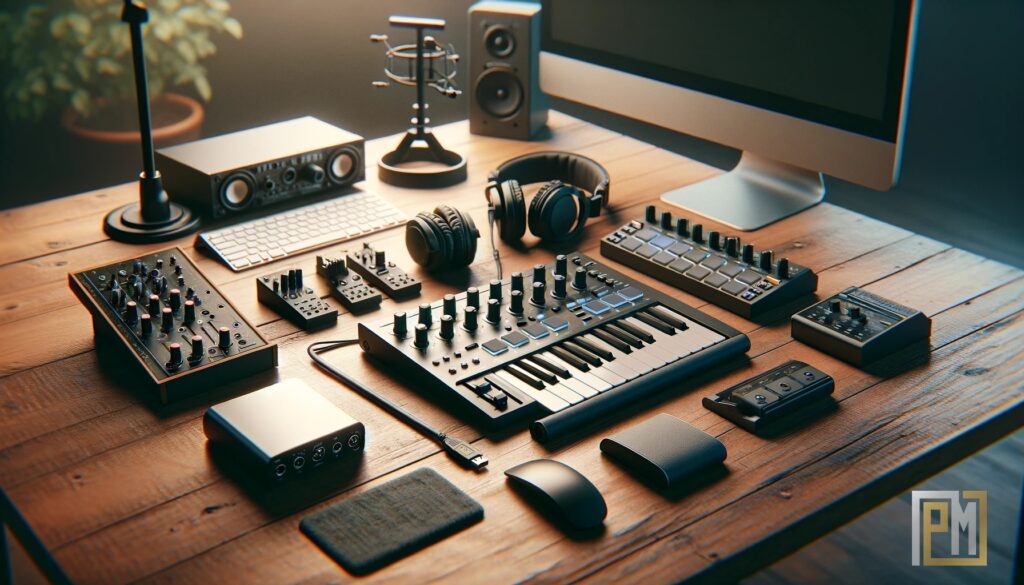Mixing and mastering are crucial stages in music production, where raw recordings are transformed into polished, professional tracks. This article from Pedram Mokhtari site will guide you through the essential tools required for effective mixing and mastering, ensuring that your music sounds its best.
Digital Audio Workstation (DAW)
The Digital Audio Workstation (DAW) is the cornerstone of any music production setup. It’s the software where all your mixing and mastering work takes place. Popular DAWs include:
- Ableton Live: Great for electronic music and live performances.
- Pro Tools: The industry standard for professional mixing and mastering.
- FL Studio: Known for its user-friendly interface, ideal for beginners and pros alike.
Your choice of DAW will largely depend on your workflow and the type of music you produce. Each DAW comes with its own set of features, so it’s essential to choose one that complements your style.
Studio Monitors
Accurate studio monitors are essential for hearing the true sound of your mix. Unlike regular speakers, studio monitors are designed to provide a flat frequency response, ensuring that you hear an uncolored version of your music. Some popular studio monitors include:
- Yamaha HS Series: Known for their flat response and clarity.
- KRK Rokit: Popular among producers for their bass response.
- Adam Audio A7X: Offers excellent detail and a balanced sound.
Investing in good studio monitors will help you make better mixing decisions, leading to a more professional-sounding track.
Studio Headphones
While studio monitors are crucial, studio headphones also play an important role in the mixing and mastering process. They allow you to hear details that might be missed on monitors, especially in environments that aren’t acoustically treated. Some reliable studio headphones include:
- Beyerdynamic DT 770 Pro: Excellent for critical listening and mixing.
- Sennheiser HD 650: Known for their natural sound and comfort.
- Audio-Technica ATH-M50x: A favorite among professionals for their balanced sound.
Using a combination of studio monitors and headphones ensures that your mix translates well across different listening environments.
Audio Interface
An audio interface is the bridge between your instruments/microphones and your computer. It ensures high-quality audio input and output, which is crucial for professional mixing and mastering. Top audio interfaces include:
- Focusrite Scarlett 2i2: Affordable and reliable, great for home studios.
- Universal Audio Apollo Twin: Offers high-quality preamps and DSP processing.
- PreSonus AudioBox USB 96: Compact and versatile, ideal for mobile setups.
A good audio interface will provide clear, detailed sound, making it easier to hear the nuances in your mix.
Plugins and Effects
Plugins and effects are the tools that shape your sound during mixing and mastering. These include EQs, compressors, reverbs, and more. Some must-have plugins are:
- FabFilter Pro-Q 3: A powerful and versatile EQ.
- Waves SSL G-Master Buss Compressor: Great for glueing your mix together.
- iZotope Ozone: A comprehensive mastering suite with advanced features.
These plugins allow you to sculpt your sound, add effects, and ensure that your mix is balanced and polished.
MIDI Controller

A MIDI controller gives you hands-on control over your DAW and virtual instruments. It’s especially useful for adjusting parameters during the mixing process. Some popular MIDI controllers include:
- Akai MPK Mini: Compact and versatile, perfect for any studio.
- Novation Launchkey: Integrates seamlessly with most DAWs.
- Native Instruments Komplete Kontrol: Great for working with virtual instruments and plugins.
A MIDI controller can speed up your workflow and make the mixing process more intuitive.
Acoustic Treatment
No matter how good your gear is, if your room acoustics are poor, your mixes will suffer. Acoustic treatment helps to reduce unwanted reflections and create a more accurate listening environment. Consider using:
- Bass Traps: To absorb low frequencies and prevent bass build-up.
- Acoustic Panels: To reduce mid and high-frequency reflections.
- Diffusers: To scatter sound evenly, creating a balanced acoustic space.
Proper acoustic treatment is crucial for making informed mixing decisions and achieving a professional sound.
Conclusion
Mixing and mastering require a combination of the right tools and skills. From selecting a reliable DAW and high-quality studio monitors to investing in essential plugins and acoustic treatment, each tool plays a vital role in the production process. By equipping yourself with these tools, you’ll be well on your way to creating music that sounds polished and professional.





